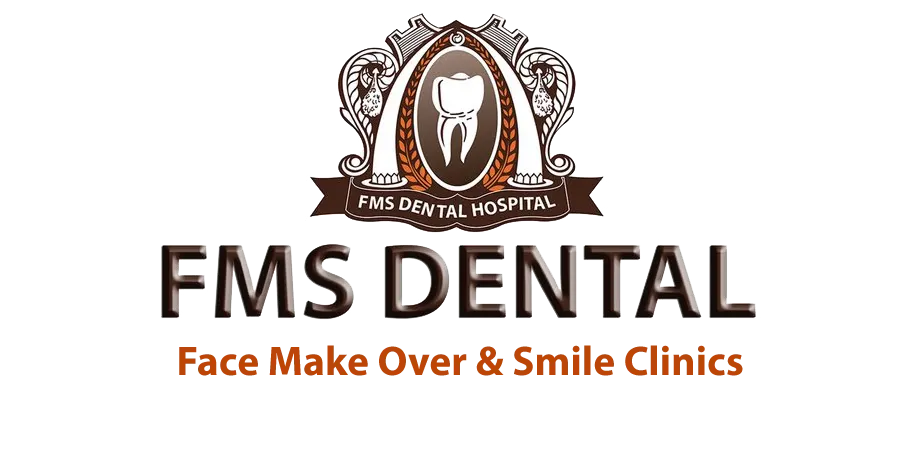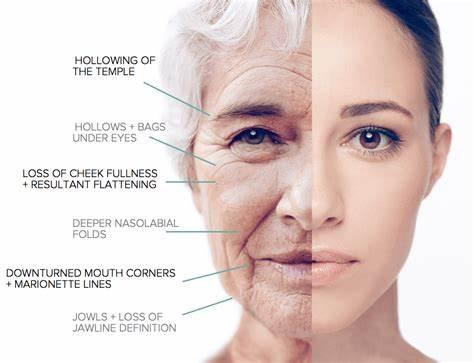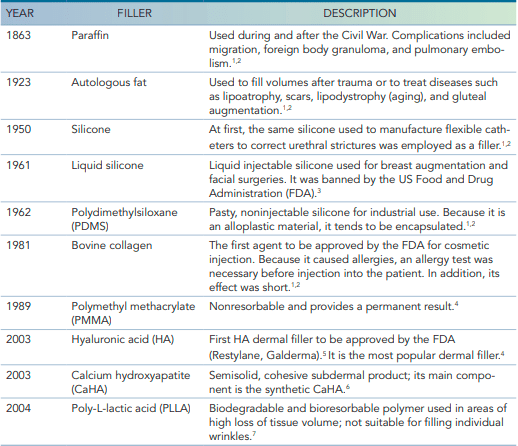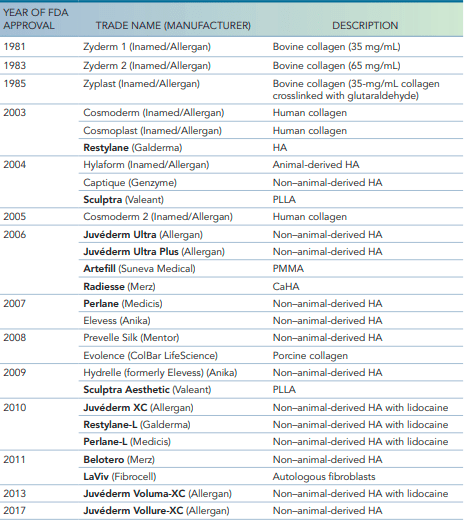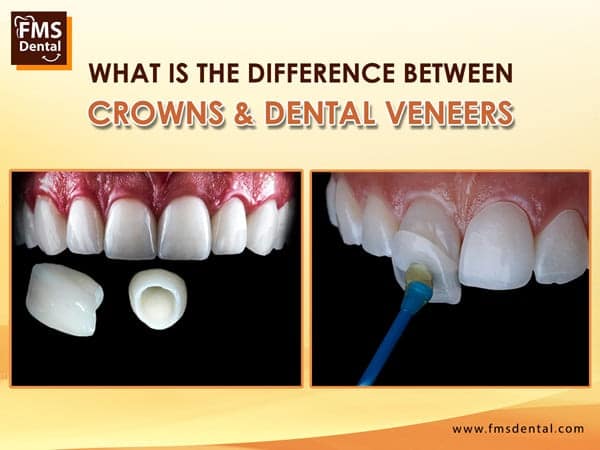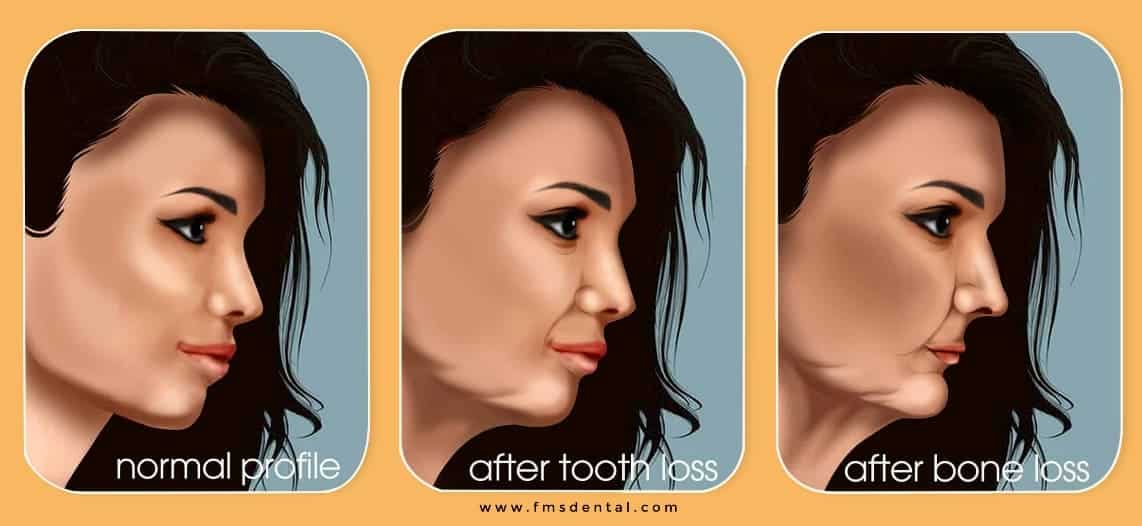The present use of biodegradable dermal fillers has travelled long way from the initial days with constant and continuous study and research. With the development of local anaesthesia and surgical techniques toward the end of the 19th century, more invasive cosmetic procedures became available, including soft tissue fillers. Fat was one of the first soft tissue fillers to be used after trauma and is still widely used today. However the use of autologous fat transplantation has become meticulously major and the results maybe variable.

